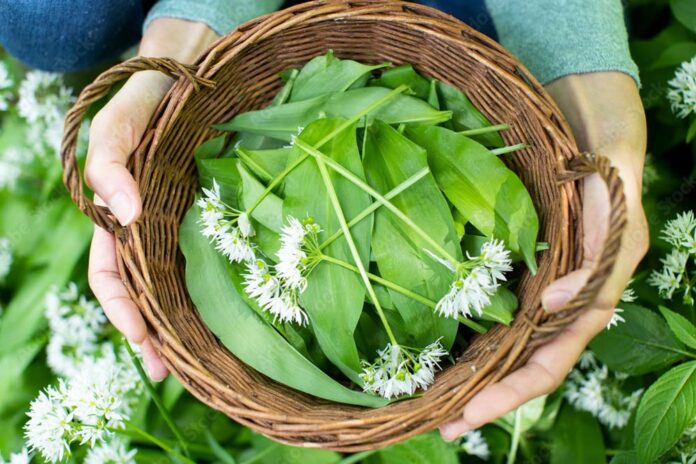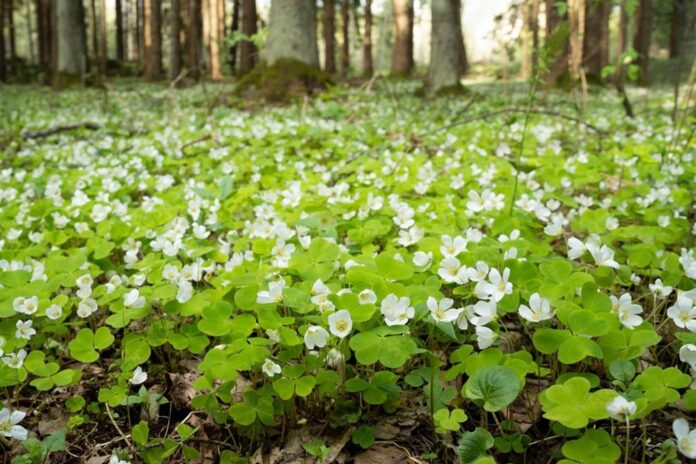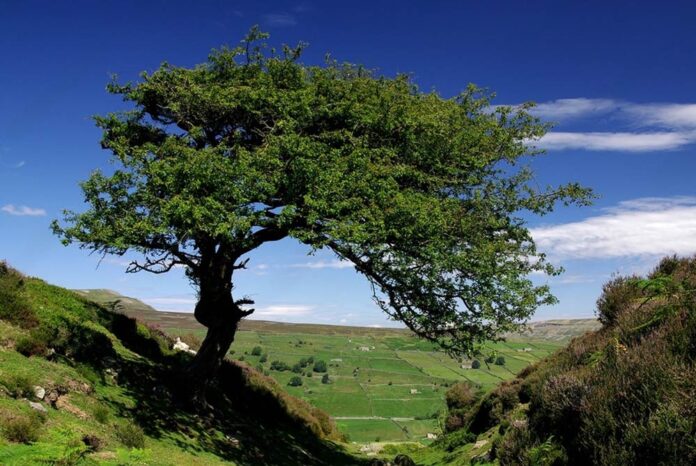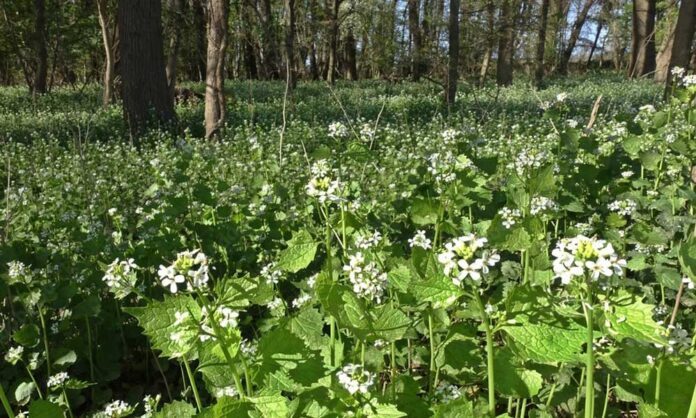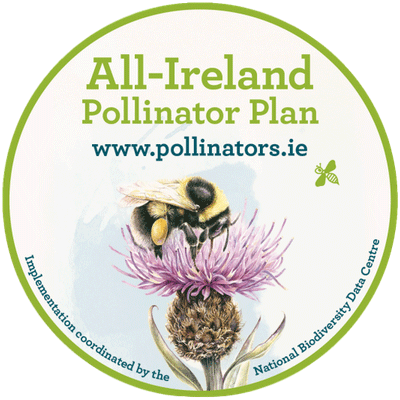Spring has sprung, and with it comes a surge of interest in foraging! One frequently confused plant pairing is Cow Parsley (Anthriscus sylvestris), a forager’s friend, and Poison Hemlock (Conium maculatum), a plant with a deadly secret. Don’t let their similar appearances fool you! Accurate identification is crucial to avoid a potentially dangerous situation.
The Appetizing Lookalike: Cowslip Parsley (EDIBLE)
Cow Parsley, also known as Wild Chervil, is a member of the carrot family. This delightful plant adds a fresh, parsley-like flavour to salads, soups, and pestos. Here’s how to identify this safe and delicious ingredient:
- Hairy Stems: Unlike the smooth stems of Hemlock, Cowslip Parsley boasts stems covered in fine, soft hairs, giving them a rough texture when brushed against.
- Leaf Sheaths: Look closely at the base of the leaves where they meet the stem. Cow Parsley has a sheath-like structure encasing the stem, while Hemlock’s leaves simply clasp the stem without a sheath.
- Flower Clusters: Both plants have white flowers in flat clusters, but Cow Parsley’s clusters are looser and more open compared to Hemlock’s denser, umbrella-shaped clusters.
- Pleasant Aroma: When crushed (avoid direct contact and tasting unknown plants), Cow Parsley releases a pleasant, parsley-like scent.
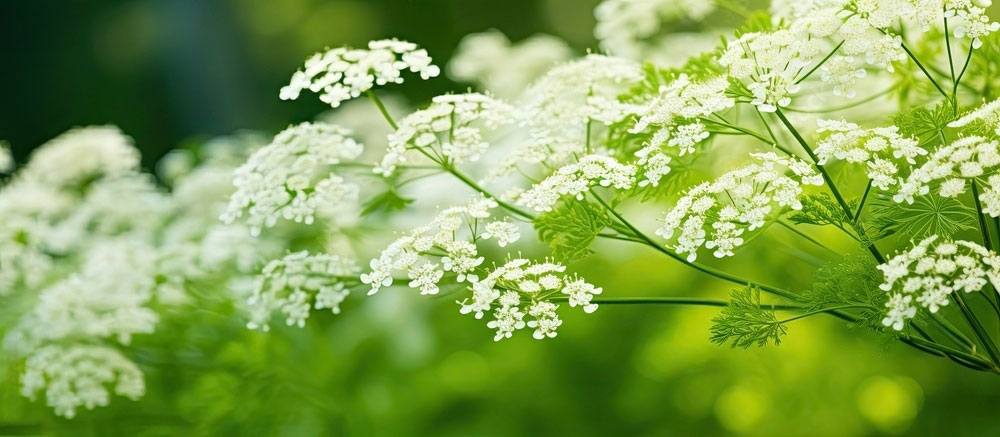
Remember: When foraging, only harvest from healthy, unblemished plants. Wash them thoroughly before consumption. If you experience any discomfort after consuming a foraged plant, seek medical attention immediately.
The Deceptive Doppelgänger: Poison Hemlock (TOXIC)
Poison Hemlock is highly toxic, containing coniine, a neurotoxin that can be fatal if ingested. Here’s how to recognize this dangerous lookalike:
- Smooth, Rounded Stems: Hemlock’s stems are completely smooth and hairless, unlike the hairy texture of Cow Parsley. These stems are also rounded and quite flexible, especially in younger plants. As the flower stem matures, it becomes more rigid.
- Purple Spots (Not Always Reliable): Hemlock stems may have reddish-purple spots, but these can be faint, especially on young shoots. Therefore, relying solely on spots for identification is not recommended.
- Hollow Stems and Unpleasant Odor: Break a small piece of the stem (if safe to do so in a controlled environment) – Hemlock stems are hollow and emit an unpleasant, chemical-like smell.
When in doubt, leave it out! Never ingest a plant unless you are 100% certain of its identification. There are many resources available online and in-field guides to help you accurately identify plants.
Beyond Identification: Focus on the Stems
While leaves and flowers offer some clues, the stems are the key to confidently differentiating Cow Parsley from Poison Hemlock. Here’s a breakdown:
- Cow Parsley Stems Hairy (and ribbed if it’s the flower stem), quite rigid, and solid (not hollow). Imagine a celery stalk – that’s the shape of a cow parsley stem in cross-section. When crushed (avoid direct contact), it has a pleasant, parsley-like scent.
- Hemlock Stems: Smooth, rounded, and flexible (especially young shoots). They are hollow and emit an unpleasant odour when broken. While some hemlock stems may have purple spots, this feature is not always reliable for identification.
Enjoy Cow Parsley’s Flavour, But Know Before You Go!
Beyond its familiar white spring blooms, cow parsley offers a surprising culinary use. Historically, the young leaves and roots were used as a flavouring, particularly during times of scarcity. These parts have a slightly spicy taste, similar to chervil, and can be added to soups, stews, or even baked goods for a subtle herbal note.
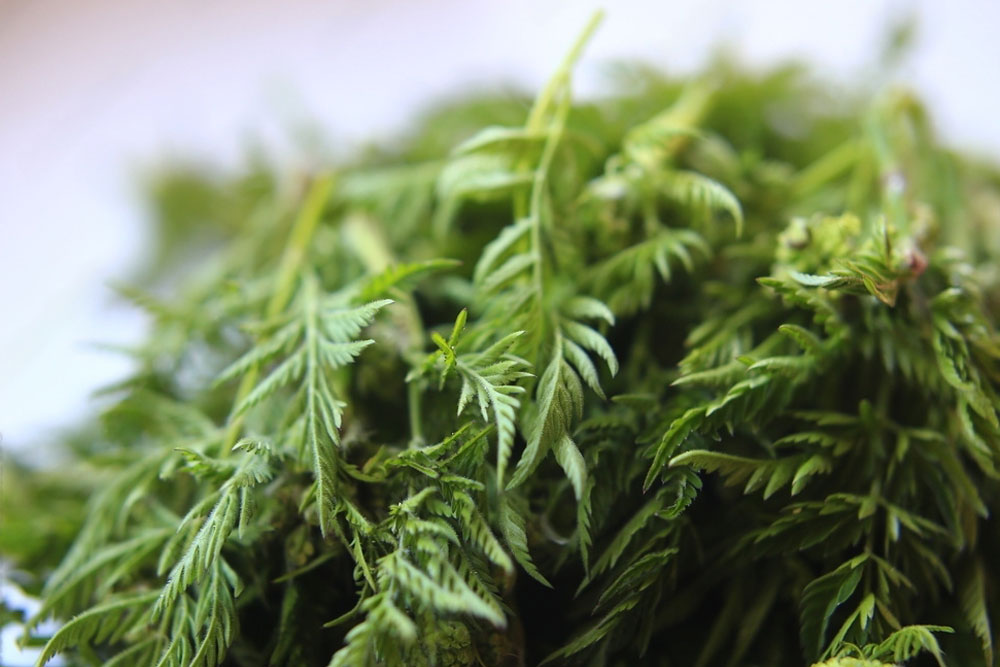
Safety First: Essential Tips for Foraging
Even with proper identification skills, always prioritize safety:
- Don’t forage near busy roads or areas with potential pesticide use.
- Consult a professional forager or reliable guidebook before consuming any wild plant.
- Start slow and learn to identify a few common edible plants before venturing further.
Enjoy the Beauty, Respect the Power:
The natural world offers a wealth of beauty, but it’s important to be aware of potential dangers. By learning to identify Cow Parsley and Poison Hemlock properly, you can appreciate the delicate beauty of wildflowers while safeguarding yourself and those around you. So, the next time you’re out exploring, keep these tips in mind and enjoy the wonders of nature responsibly!


